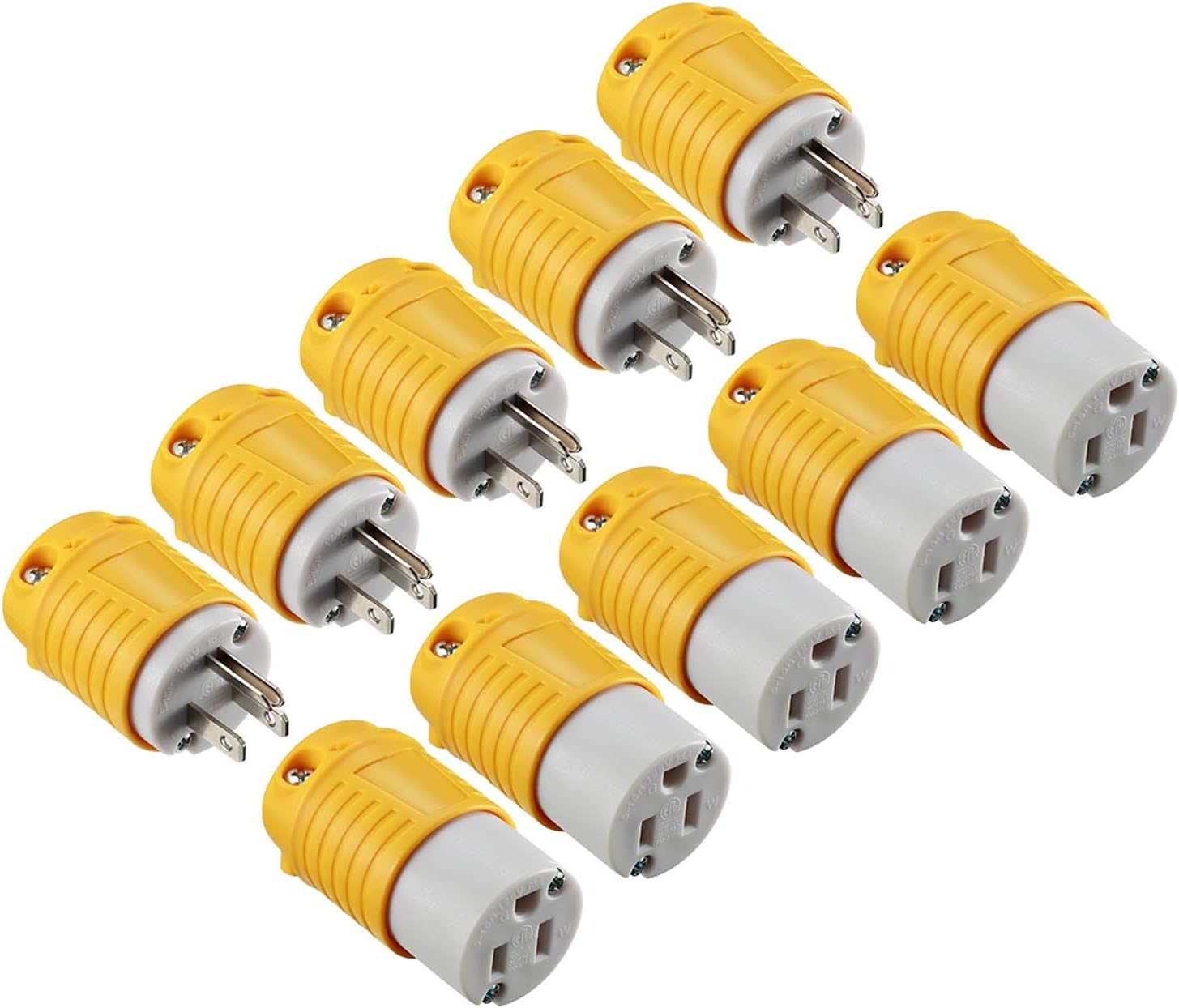

Articles
What Are The Ends Of An Extension Cord Called
Modified: October 27, 2024
Learn about the different ends of an extension cord, known as articles. Discover the various types and functions in our comprehensive guide.
(Many of the links in this article redirect to a specific reviewed product. Your purchase of these products through affiliate links helps to generate commission for Storables.com, at no extra cost. Learn more)
Introduction
An extension cord is a versatile electrical device that allows you to extend the reach of your power source. It is commonly used in homes, offices, construction sites, and outdoor settings. Extension cords come in various lengths and can accommodate different types of electrical devices. However, have you ever wondered what the ends of an extension cord are called and what their purpose is?
In this article, we will explore the ends of an extension cord, their names, and their significance in electrical safety. Understanding these components is essential for proper use and maintenance of extension cords, as it can prevent accidents and ensure a safe electrical environment.
Key Takeaways:
- Understanding the male and female ends of an extension cord is crucial for safe and reliable power connections. Their prongs, plugs, and grounding features play a vital role in preventing electrical hazards and ensuring convenience.
- To use extension cord ends safely, regular inspections, proper positioning, and avoiding overloading are essential. By following these tips, users can create a secure electrical environment and minimize potential risks.
Read more: What Is The End Of An Electrical Cord Called
Understanding Extension Cords
An extension cord is a flexible electrical cable that provides power to electrical devices that are not located near an electrical outlet. It serves as an intermediary between the power source and the device, allowing for convenient access to electricity in various locations.
Extension cords typically consist of three main components:
- Conductor: The conductor is the wire inside the extension cord that carries the electrical current. It is usually made of copper or aluminum, which are excellent conductors of electricity. The size of the conductor determines the amount of current that the extension cord can safely handle.
- Insulation: The insulation surrounds the conductor and provides protection against electrical shocks. It is typically made of a durable and non-conductive material, such as PVC (polyvinyl chloride). Insulation helps to prevent accidental contact with bare wires and reduces the risk of electrical accidents.
- Outer Jacket: The outer jacket is the protective covering of the extension cord. It is designed to withstand physical and environmental stresses, such as abrasions, moisture, and temperature changes. The jacket is usually made of a durable material like rubber or PVC, ensuring the durability and longevity of the extension cord.
Additionally, extension cords may also feature other components depending on their specific design and purpose. These components include the male and female ends, grounding features, and any additional safety mechanisms.
Now that we have a basic understanding of what extension cords are and their essential components, let’s explore the specific ends of an extension cord and their functions in the next sections.
Types of Extension Cord Ends
Extension cords are designed with two distinct ends: the male end and the female end. Each end serves a specific purpose and has unique features that allow for proper connection to electrical devices and power sources.
The male end of an extension cord is the end that plugs into the electrical outlet or power source. It typically has two or three prongs, depending on the type of plug required by the specific power outlet. The prongs are made of metal and are designed to fit securely into the corresponding slots of the outlet. The male end also has a protective outer housing that helps to prevent accidental contact with live electrical components.
The female end of an extension cord is the end that receives the male plug. It has slots or holes that match the configuration of the prongs on the male plug. The female end is usually recessed to provide a secure connection with the male plug and prevent accidental disconnection. The female end also features a protective outer housing and often includes grounding features to ensure the safe transfer of electrical power.
It is important to note that extension cords are available in different plug types to accommodate various power outlets around the world. Common plug types include Type A (two-prong), Type B (three-prong), Type C (European plug), Type G (UK plug), and many more. Checking the compatibility of the extension cord plug with the power outlet is crucial to ensure proper functioning and electrical safety.
Understanding the differences between the male and female ends of an extension cord is essential for correctly connecting and using the extension cord. The male end plugs into the power source, while the female end receives the plug of the electrical device you wish to power. Properly aligning and securely connecting both ends will ensure a safe and reliable power connection.
Characteristics of Extension Cord Ends
The ends of an extension cord, both the male and female ends, have distinct characteristics that contribute to their functionality and safety. Let’s explore these characteristics in more detail:
Prongs and Plugs: The prongs on the male end and the slots or holes on the female end of an extension cord play a crucial role in establishing an electrical connection. Prongs are usually made of metal, such as brass or nickel, which are good conductors of electricity. They are designed to fit securely into the corresponding slots of the power outlet or the female end of another electrical device. The prongs ensure a stable electrical connection and facilitate the transfer of electricity from the power source to the device.
The plugs on the male end come in different configurations, depending on the type of power outlet they are designed to fit into. Common plug types include two-prong and three-prong plugs, which provide different grounding options. Three-prong plugs typically have two flat prongs for hot and neutral wires and a circular ground prong for safety grounding.
Grounding Features: Grounding is an important safety feature of electrical systems. It helps to protect against electrical shocks and reduces the risk of electrical fires. Many extension cords, especially those with three-prong plugs, feature grounding capabilities.
The grounding feature typically includes a third prong, which is connected to the ground wire inside the extension cord. This prong is longer than the other two prongs and is designed to make contact with the grounding slot in the power outlet. When properly grounded, the extension cord provides a path for excess electrical current to safely discharge into the ground, preventing the build-up of electrical potential on the connected devices.
It is important to note that not all electrical devices require grounding. Appliances like lamps or small electronics with two-prong plugs do not need grounding. However, devices with metal exteriors, high power consumption, or a higher risk of electrical faults, such as power tools or large appliances, may benefit from grounding for added safety.
Understanding the characteristics of extension cord ends, including the prongs, plugs, and grounding features, is crucial for using extension cords safely and effectively. By ensuring proper alignment, secure connections, and appropriate grounding, you can minimize the risk of electrical accidents and promote a safe electrical environment.
The ends of an extension cord are called the male plug and the female receptacle. The male plug has prongs that insert into the female receptacle to complete the electrical circuit.
Importance of Extension Cord Ends
The ends of an extension cord play a vital role in ensuring the safe and efficient use of electrical devices. Understanding the importance of these ends is crucial for preventing electrical hazards and maintaining a reliable power connection. Here are some key reasons why extension cord ends are important:
Secure Connection: The male and female ends of an extension cord are designed to fit together securely, creating a stable connection between the power source and the electrical device. A loose or unreliable connection can result in power fluctuations, electrical sparks, or disruptions in the flow of electricity. By ensuring a secure connection, extension cord ends help to maintain a consistent and reliable power supply.
Compatibility: Different electrical devices and power sources require specific plug configurations to ensure compatibility. Extension cord ends are designed to accommodate these different plug types, allowing for seamless integration with various devices and outlets. Being able to connect different devices with ease increases the versatility and convenience of using extension cords in different settings.
Electrical Safety: Extension cord ends incorporate safety features such as insulation, grounding, and protective housing to minimize the risk of electrical accidents. Insulation prevents accidental contact with live wires, reducing the chances of electric shocks. Grounding features, especially in three-prong plugs, provide a path for excess electrical current to safely discharge into the ground, preventing electrical potential build-up and reducing the risk of electrocution. The protective housing of extension cord ends shields the electrical connections from physical damage and helps prevent the exposure of live components, minimizing the risk of short circuits and fires.
Flexibility and Portability: Extension cords offer the flexibility to easily extend the reach of power sources to locations that are not conveniently located near electrical outlets. The ends of extension cords allow for easy connection and disconnection, granting users the freedom to move electrical devices as needed. This portability enhances convenience and efficiency in various environments, such as construction sites, outdoor events, and workspaces.
Simplicity and Efficiency: Extension cord ends are designed for simplicity and ease of use. They enable users to quickly plug in and unplug electrical devices without the need for complex installation or modifications. With extension cord ends, connecting and disconnecting devices becomes a straightforward and efficient process, saving time and effort.
Overall, extension cord ends are of utmost importance for ensuring a safe, reliable, and convenient power connection. They provide a secure link between electrical devices and power sources while incorporating essential safety features. Understanding the significance of extension cord ends enables users to effectively utilize extension cords while minimizing the risk of electrical hazards.
Potential Hazards of Extension Cord Ends
While extension cords offer convenience and flexibility in accessing electrical power, it is important to be aware of the potential hazards associated with their use. The ends of an extension cord, if not used properly, can pose several risks. Here are some of the potential hazards of extension cord ends:
Electrical Shocks: Improper handling or damaged extension cord ends can lead to electric shocks. If the insulation is compromised, live wires may come into contact with conductive surfaces or human contact, resulting in a dangerous electrical shock. It is essential to regularly inspect extension cord ends for any signs of wear, damage, or exposed wires to prevent the risk of electric shock.
Overloading Risks: Overloading an extension cord by connecting too many devices or appliances can result in overheating and potential fire hazards. Extension cord ends may not be designed to handle the power demands of multiple devices simultaneously. The excessive load can cause the wires and connections to overheat, leading to melting or fire. Adhering to the recommended load capacity of the extension cord and avoiding daisy-chaining multiple cords can help mitigate the risks of overloading.
Fire Hazards: Faulty extension cords or improper use can increase the risk of fire. Extension cord ends that are damaged or frayed, or those that are exposed to flammable materials, can spark and ignite a fire. Additionally, using extension cords near heat sources or in areas where they can be easily damaged, such as under rugs or across walkways, can also lead to fire hazards. Regular inspection, proper placement, and avoiding potential sources of heat or damage are crucial in preventing fire risks associated with extension cord ends.
Tripping and Falling: Extension cords that are not properly secured or have loose connections can create tripping hazards. The ends of extension cords, especially the male end, can protrude from the outlet, causing individuals to trip over them. Additionally, if extension cords are not properly positioned or secured, they can create obstacles and increase the risk of falls. It is important to properly route and secure extension cords to ensure a safe environment and prevent accidents.
By being aware of these potential hazards associated with extension cord ends, users can take appropriate precautions to mitigate risks and enhance electrical safety. Regular inspections, proper usage, adhering to load capacity, and ensuring secure connections are essential for minimizing the hazards associated with extension cord ends.
Tips for Using Extension Cord Ends Safely
To ensure the safe and effective use of extension cords and their ends, it is important to follow some key guidelines. By implementing these safety tips, you can minimize the risk of electrical hazards and create a secure environment. Here are some tips for using extension cord ends safely:
1. Inspect Regularly: Routinely check the ends of your extension cords for any signs of wear, damage, or exposed wires. If you notice any issues, repair or replace the cord immediately to prevent electrical hazards.
2. Avoid Overloading: Determine the appropriate load capacity of your extension cord and be mindful of the power requirements of the devices you are connecting. Avoid plugging in too many devices or appliances that exceed the cord’s capacity, as this can lead to overheating and potential fire hazards.
3. Don’t Daisychain: Do not connect multiple extension cords together (also known as daisy-chaining). Each extension cord should be used individually and directly plugged into a power outlet. Daisy-chaining increases the risk of overloading and can cause overheating and electrical issues.
4. Use the Right Cord: Choose an extension cord that is appropriate for the intended use. Consider factors such as length, wire gauge (thickness), and the specific plug configuration required for your devices and power outlets. Using the right cord ensures optimal performance and minimizes potential issues.
5. Avoid Pinching and Crushing: Ensure that the ends of extension cords are not pinched or crushed by furniture, doors, or windows. This can damage the cord’s insulation and expose live wires, increasing the risk of electrical shock and fire hazards.
6. Keep Cords Dry: Protect the ends of your extension cords from moisture and damp conditions. Avoid using them outdoors in wet weather, and make sure that both the plugs and outlets are kept dry. Moisture can cause short circuits and increase the risk of electrical accidents.
7. Secure and Properly Position: Secure extension cords and ensure they are placed in areas where they won’t be tripped over or damaged. Use cord clips, hooks, or tape to secure the cords to walls, floors, or other surfaces. Additionally, avoid running cords under rugs, carpets, or through doorways where they can be easily damaged.
8. Unplug Safely: When unplugging an extension cord, always grip the plug itself rather than pulling on the cord. Pulling on the cord can cause stress on the connections, leading to damage or loosening of the plug ends. Unplugging safely helps to prolong the lifespan of your extension cords and ensures a reliable power connection.
9. Store Properly: When not in use, properly store your extension cords by coiling them loosely and avoiding tight bends. This helps prevent damage to the ends and prolongs the lifespan of the cords. You can use cord reels or storage hooks to keep them organized and tangle-free.
10. Educate Others: Spread awareness about the safe use of extension cord ends to your family members, colleagues, or anyone who may use them. Educating others about the potential hazards and best practices can create a safer environment for everyone.
By following these tips for using extension cord ends safely, you can protect yourself, others, and your electrical devices from potential hazards. Practicing responsible usage and maintenance of extension cords ensures a secure and reliable power connection in various settings.
Conclusion
Understanding the ends of an extension cord and their significance is crucial for ensuring safety and effectiveness when using electrical devices. The male and female ends of an extension cord provide a secure connection between the power source and the device, allowing for convenient access to electricity in various locations.
Extension cord ends, with their prongs, plugs, and grounding features, play an essential role in establishing a stable electrical connection and protecting against potential hazards. However, it is important to be aware of the potential risks associated with extension cord ends, such as electrical shocks, overloading, fire hazards, and tripping hazards. By following safety guidelines and taking necessary precautions, these risks can be minimized.
Tips for safely using extension cord ends include regular inspections, avoiding overloading, using the right cords for the intended use, keeping cords dry, properly positioning and securing them, and educating others on their safe use. Taking these steps helps to ensure a safe electrical environment and prevent accidents or damage.
In conclusion, the ends of an extension cord are not just ordinary connectors. They are crucial components that facilitate a safe and reliable power connection. By understanding their functions and adhering to safety guidelines, users can harness the convenience and flexibility of extension cords while minimizing the risks associated with their use. Prioritizing electrical safety ensures a smooth and secure experience when utilizing extension cords for various electrical needs.
Curious about upgrading your toolkit? Our article on the most effective best power tools will guide you through selecting the best gadgets to enhance your home improvement tasks. If you're passionate about crafting and customizing, delve into why benefits of DIY projects are so rewarding and how they can transform your living space. Also, for those planning more extensive upgrades, our detailed guide on running electrical wire to garage offers practical advice and safety tips. Each read promises valuable insights and practical tips to elevate your home projects.
Frequently Asked Questions about What Are The Ends Of An Extension Cord Called
Was this page helpful?
At Storables.com, we guarantee accurate and reliable information. Our content, validated by Expert Board Contributors, is crafted following stringent Editorial Policies. We're committed to providing you with well-researched, expert-backed insights for all your informational needs.
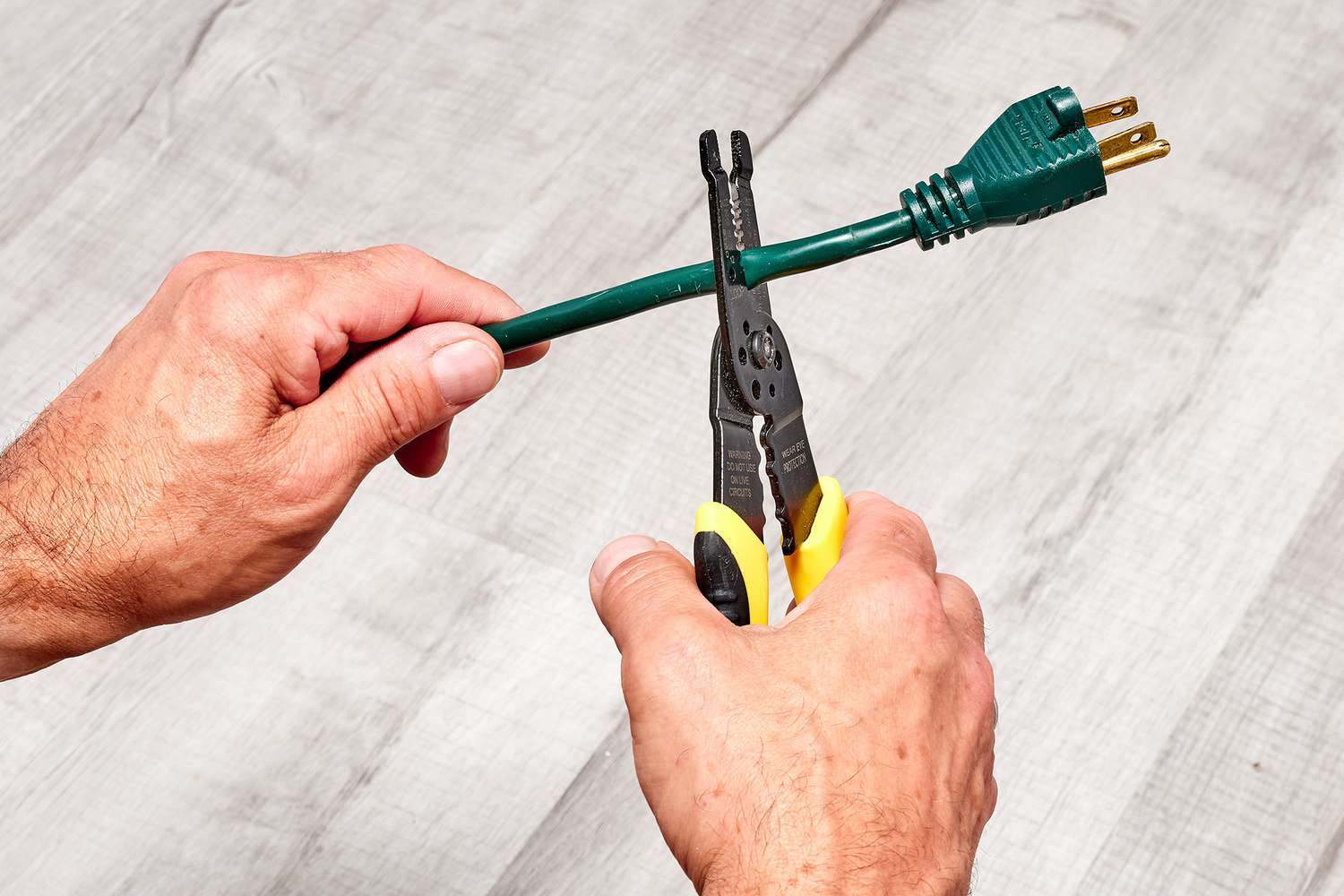
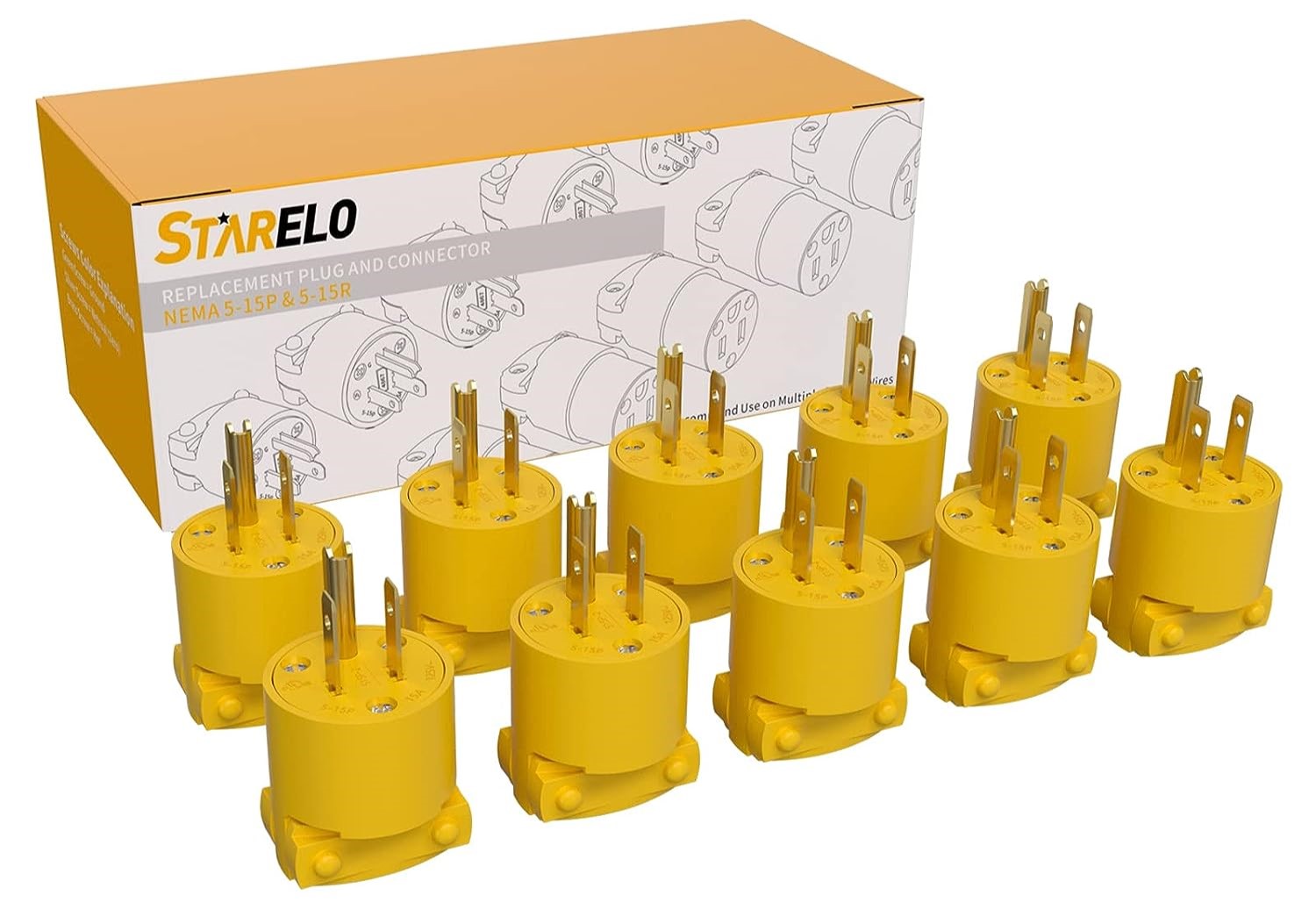
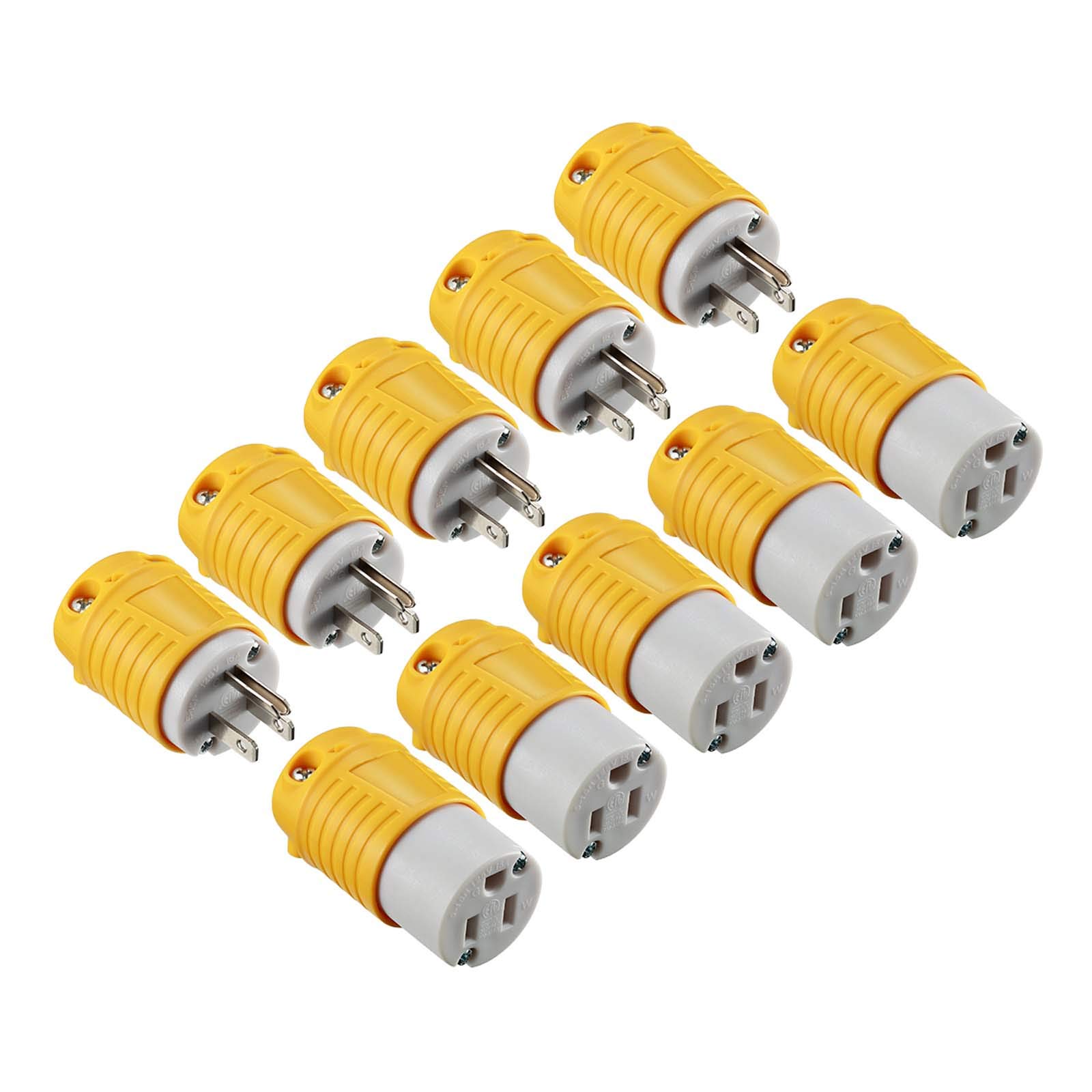
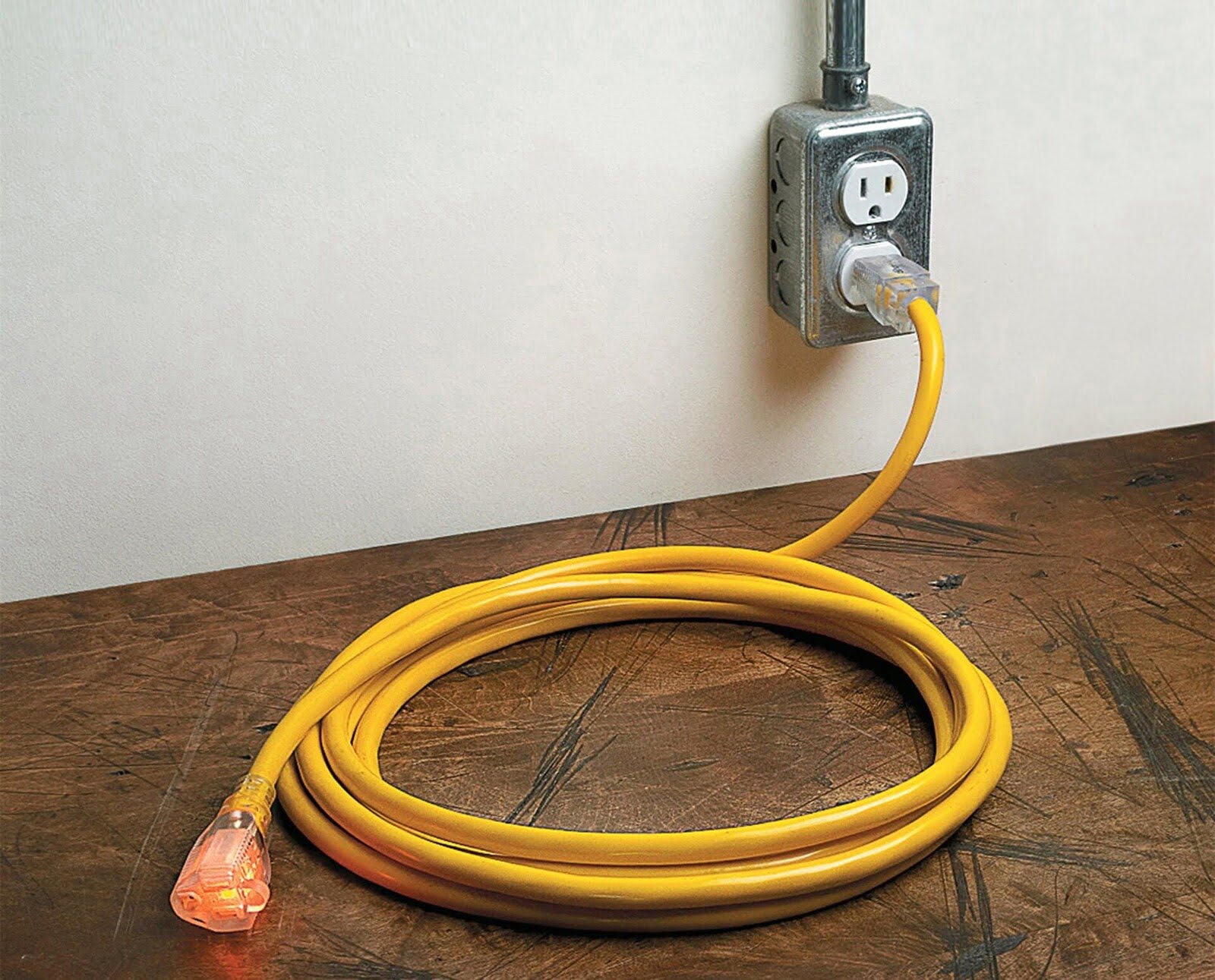
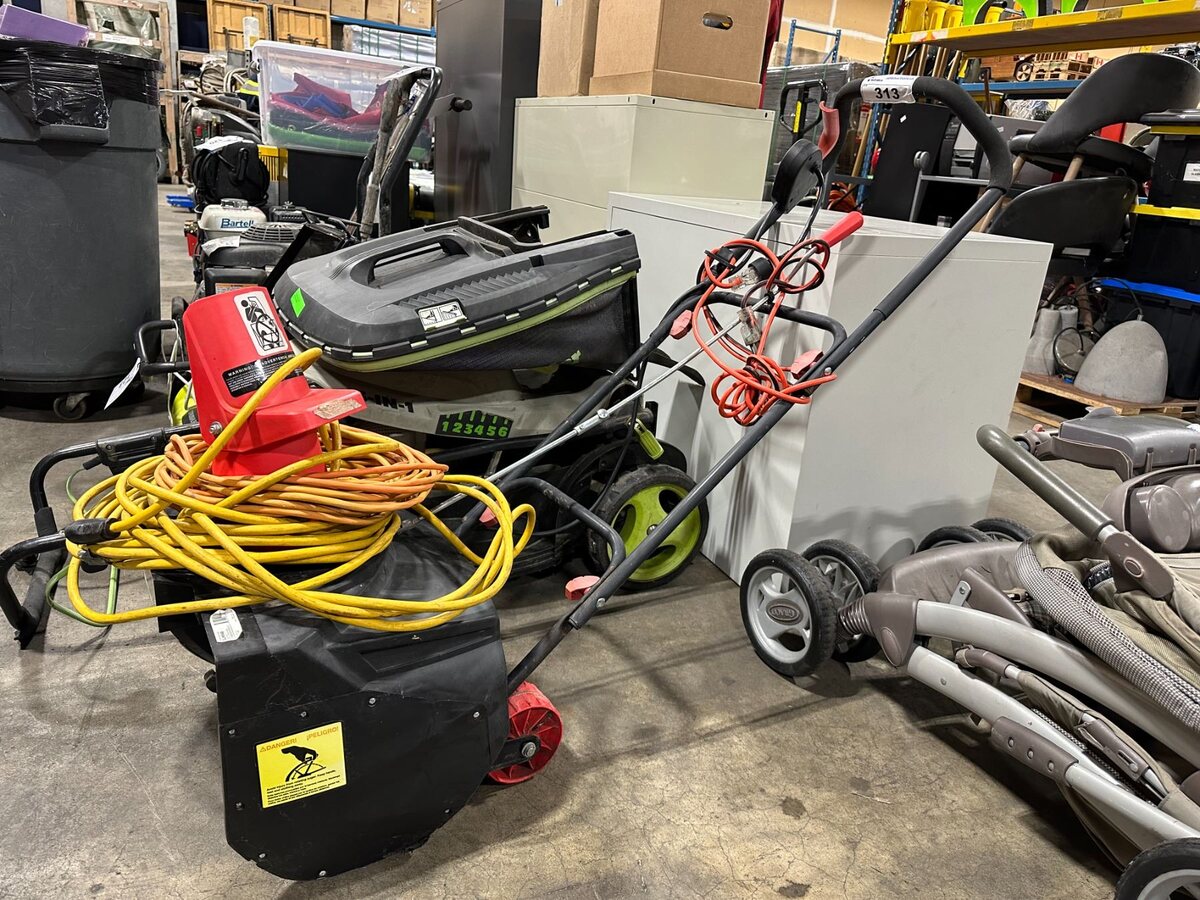
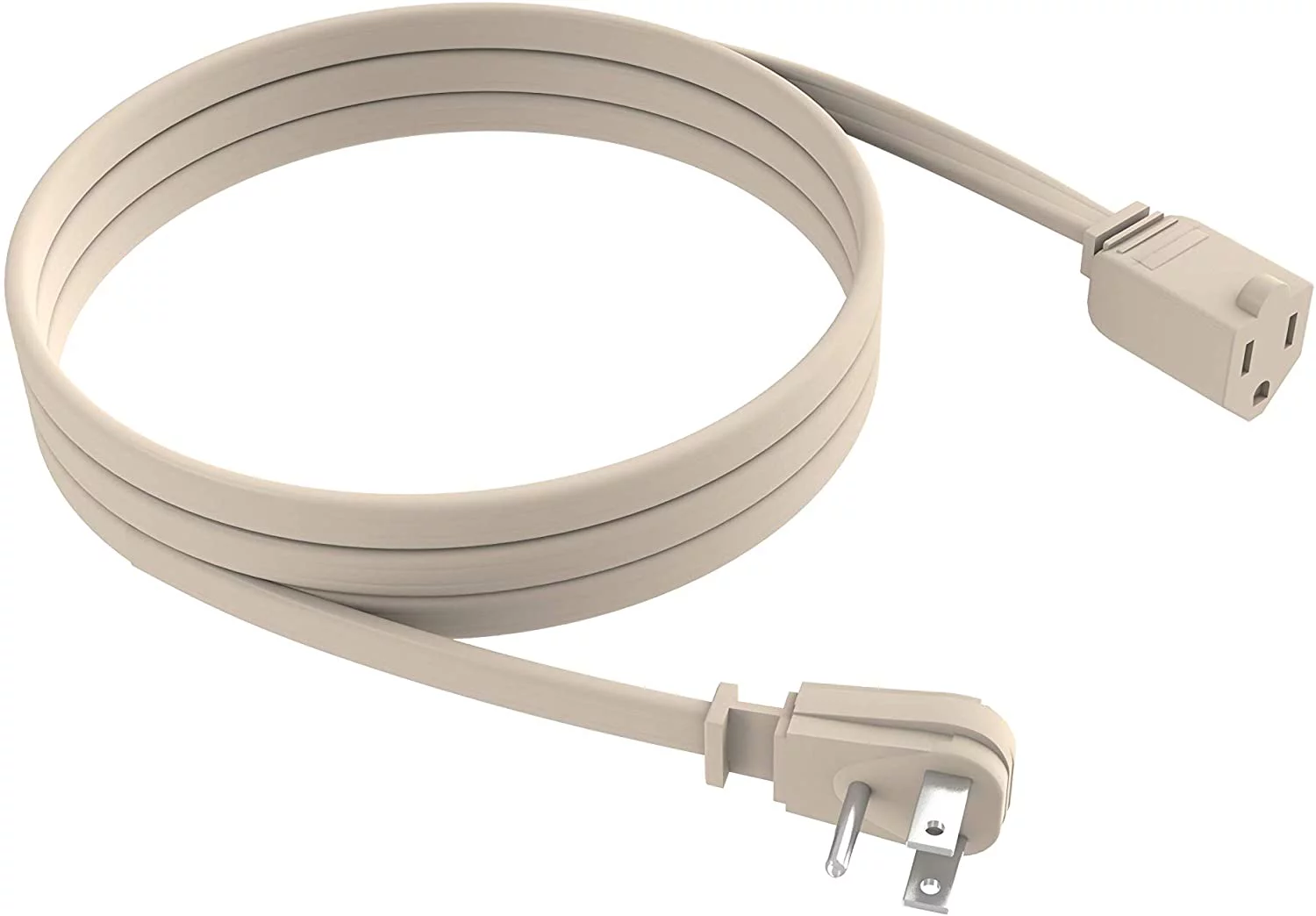
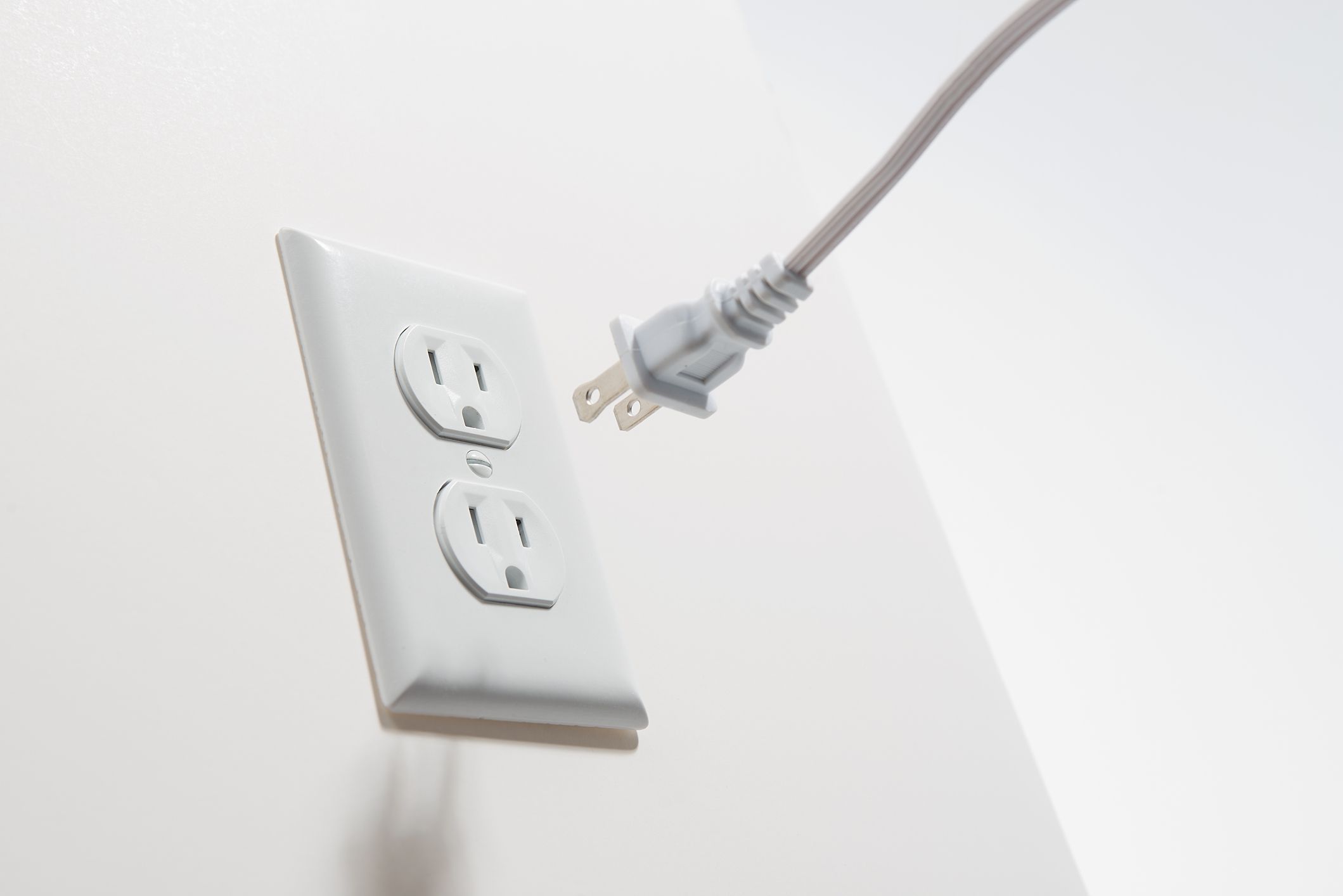
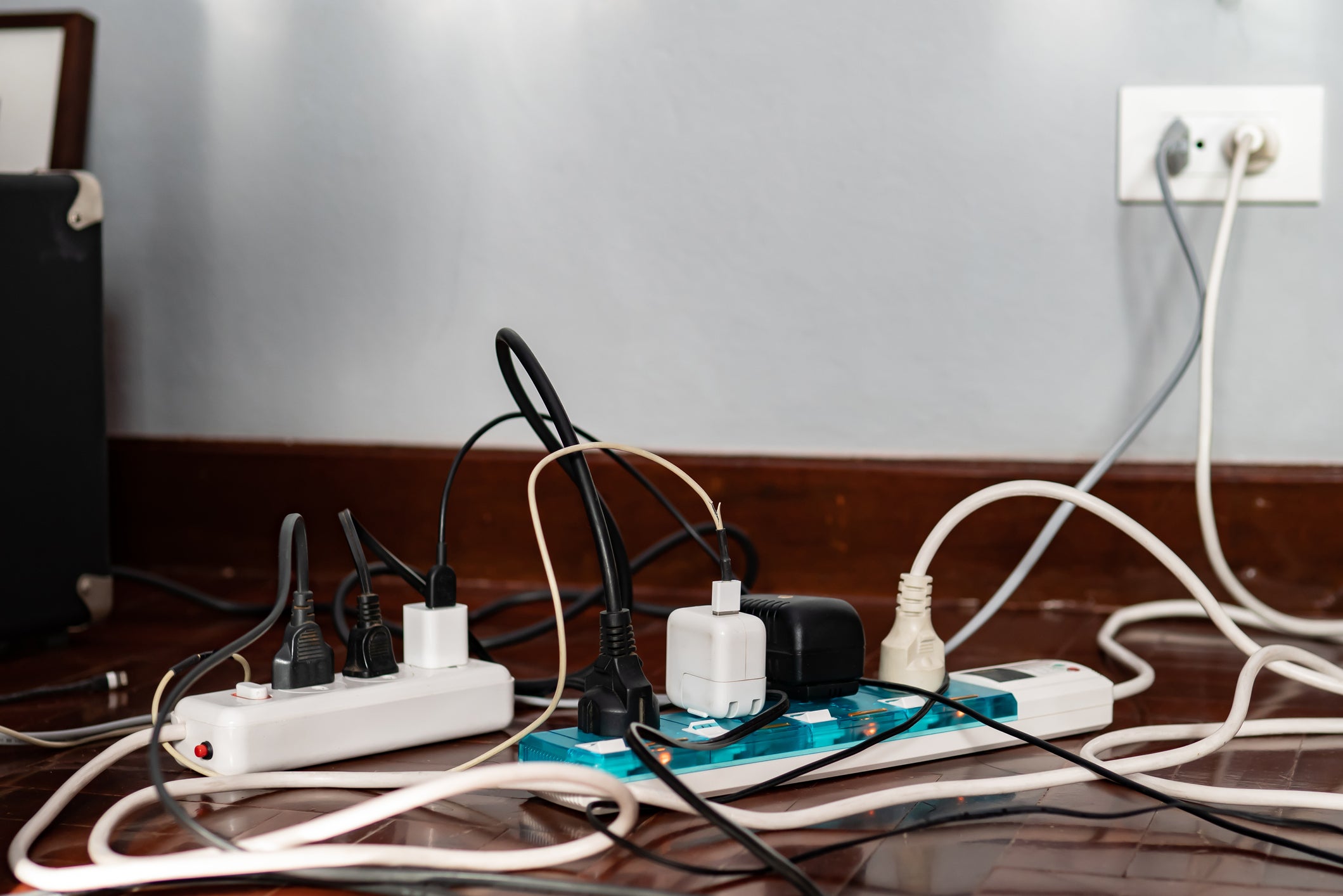
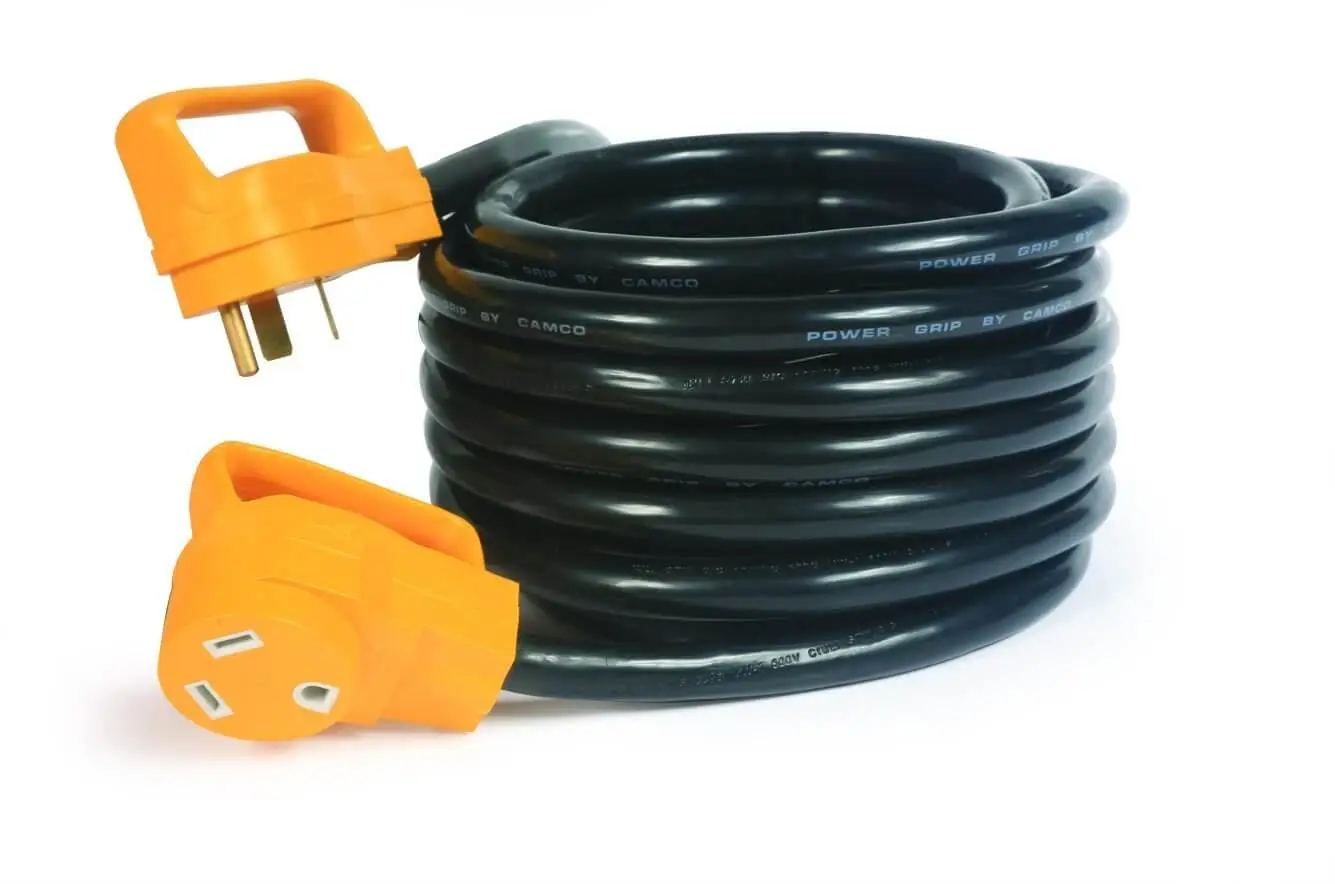
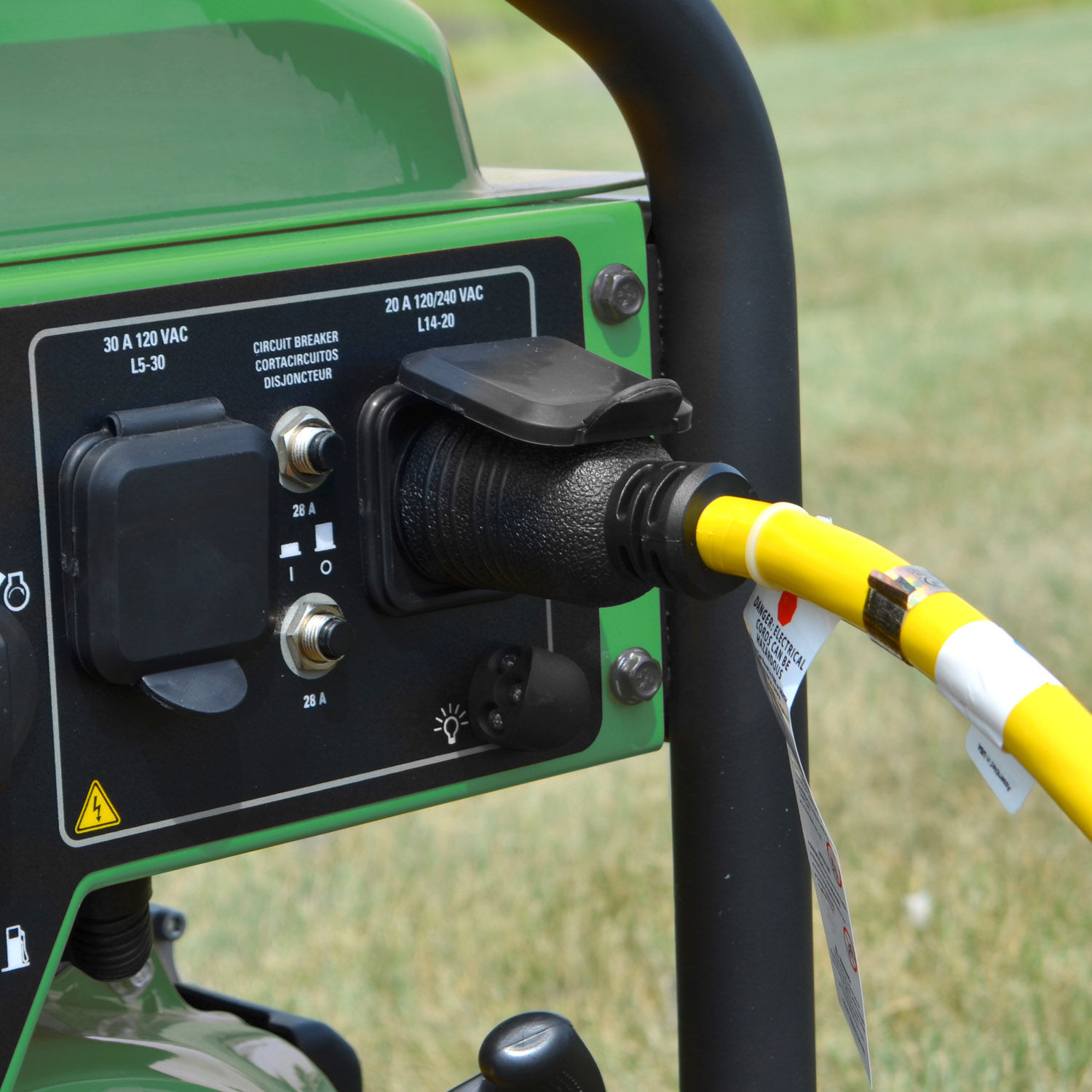
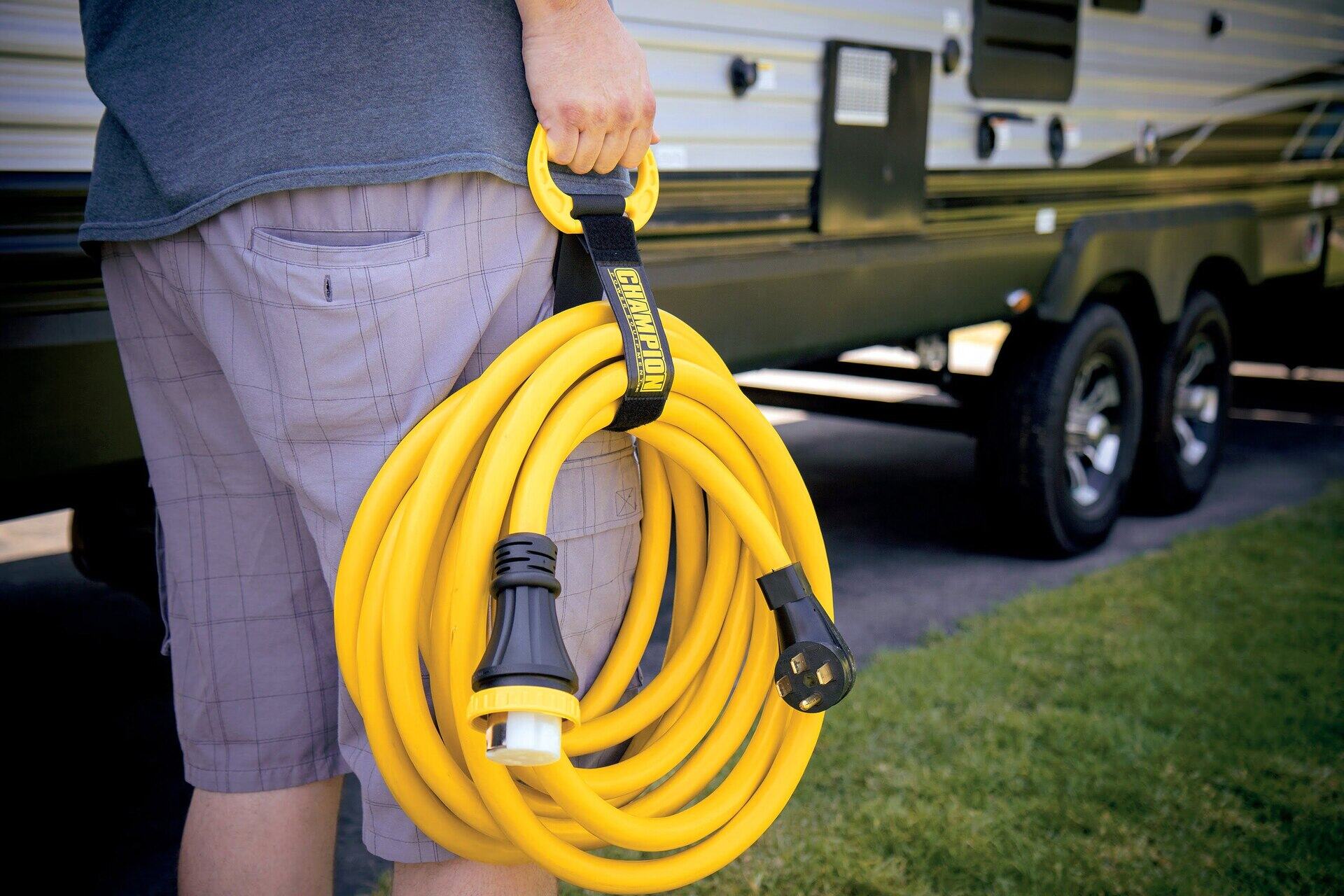
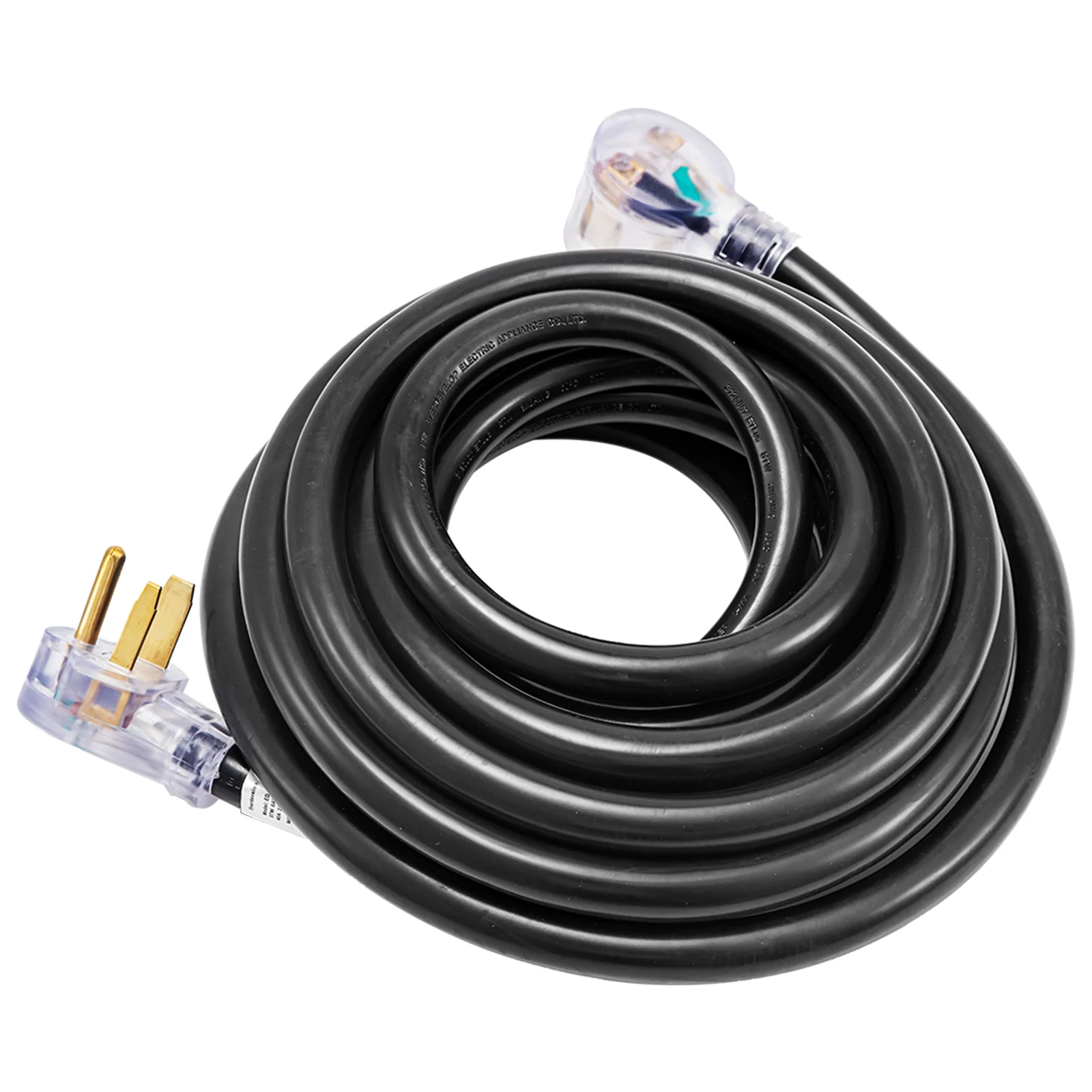
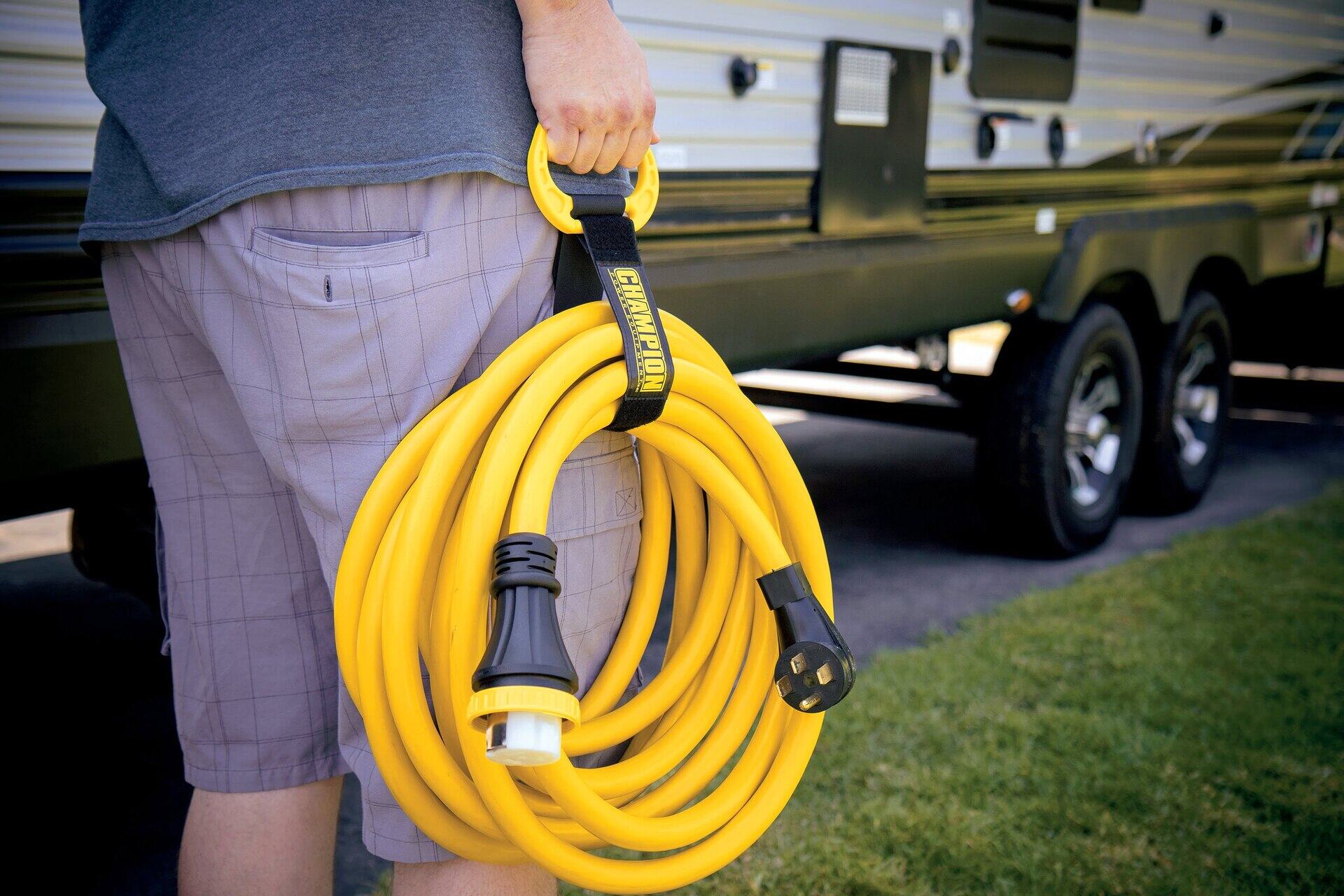


0 thoughts on “What Are The Ends Of An Extension Cord Called”